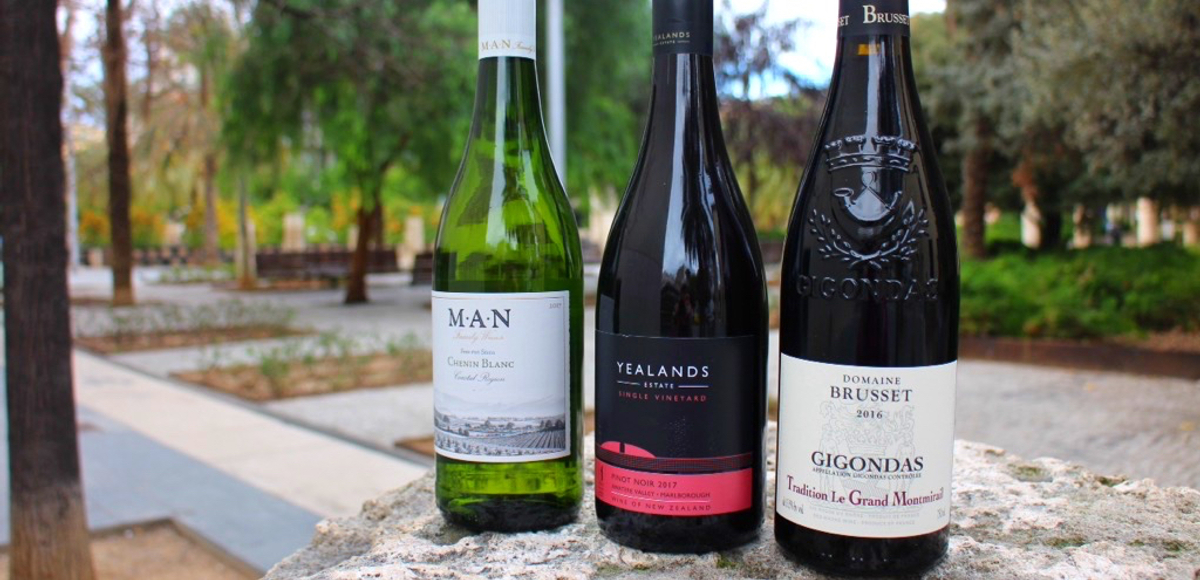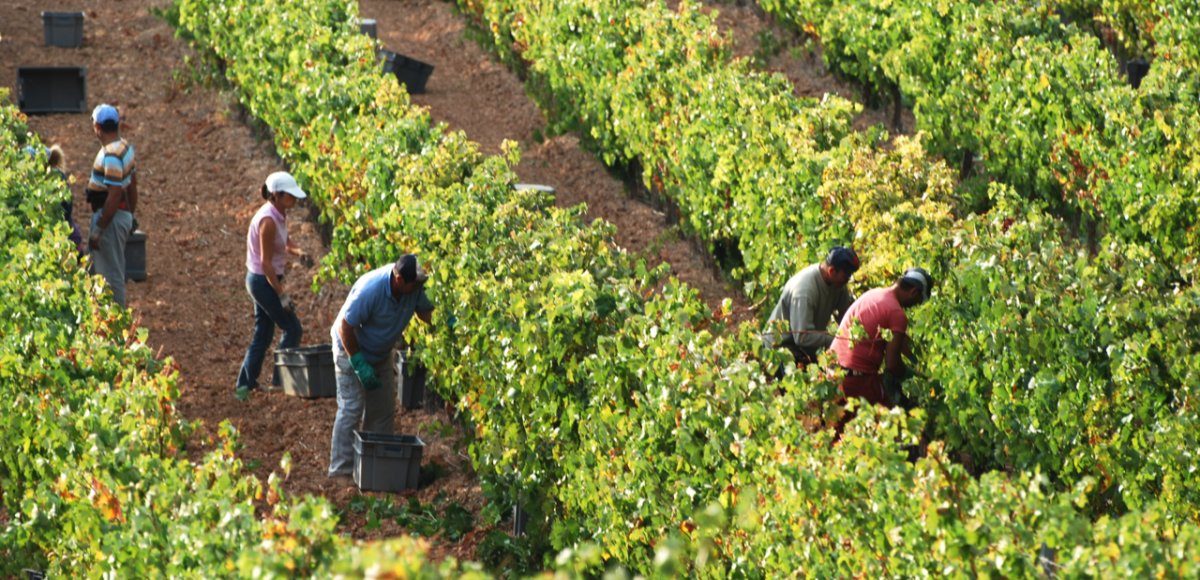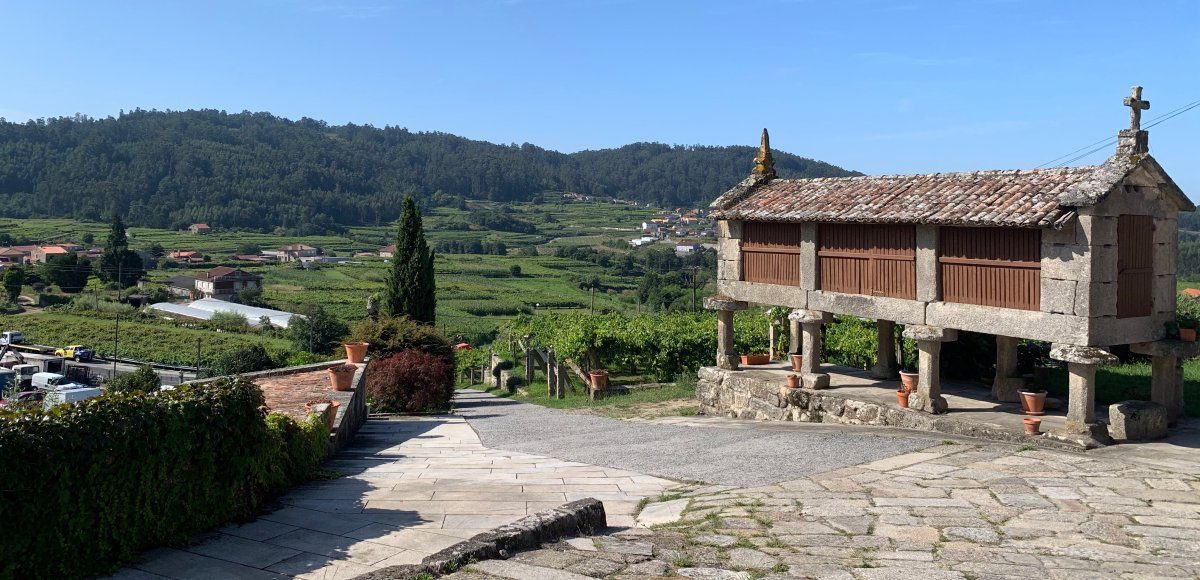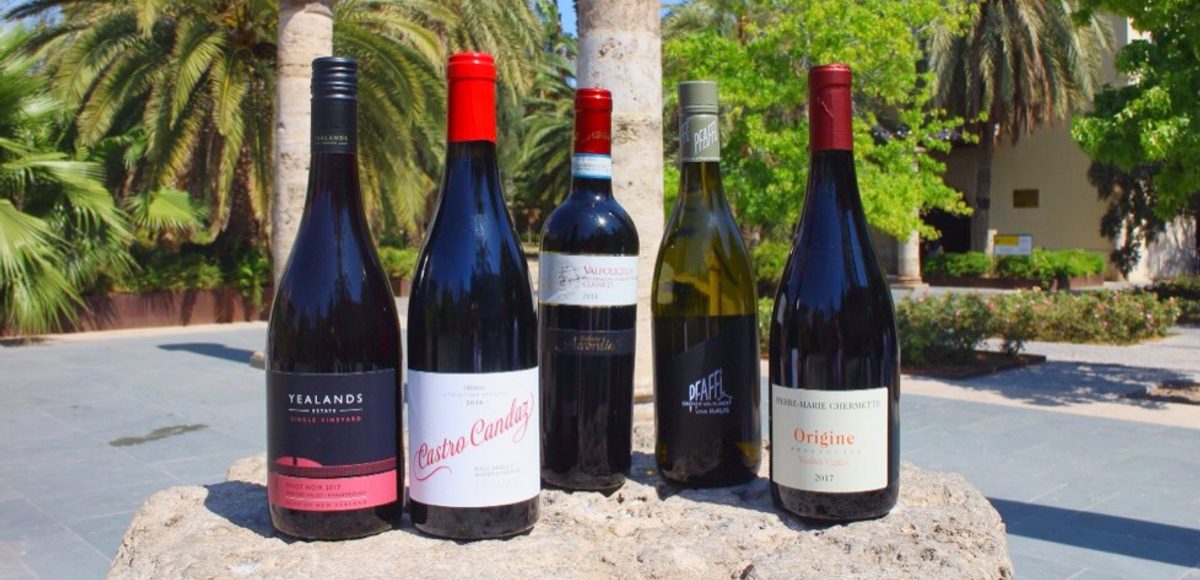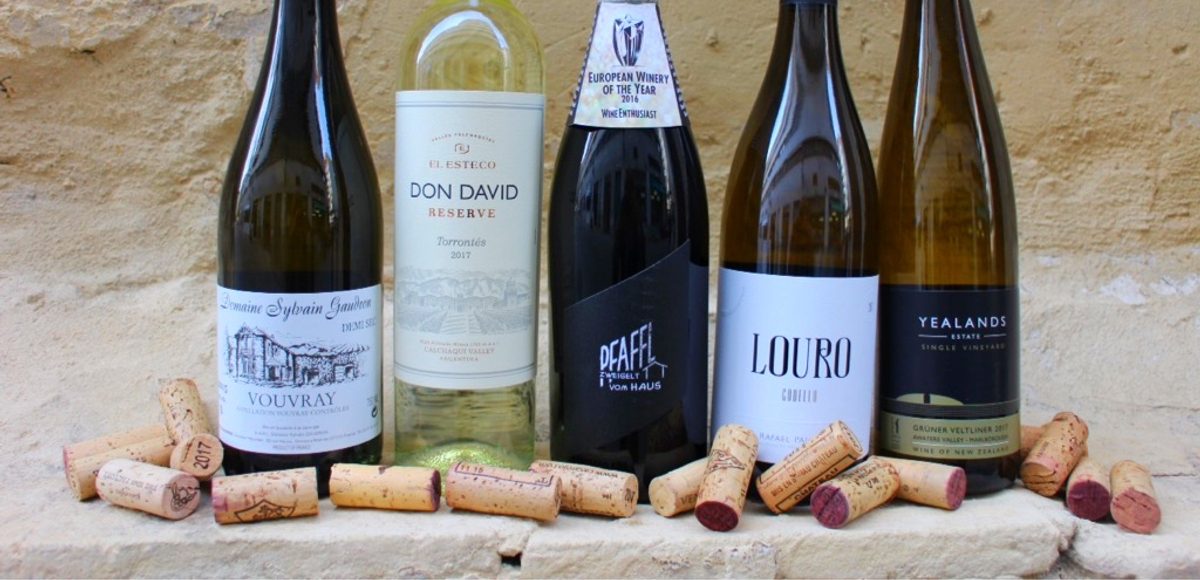As a wine drinker you are familiar with the terms light, medium and full bodied but have you ever stopped to think what they mean? What determines if a wine is considered to be light, medium or full? Is the quality of a wine determined by its body?
It is wrong to consider lighter bodied wines as inferior or less serious than fuller bodied wines. The objective of a skilled winemaker is to make a well balanced wine where the body is one of the components that does not overwhelm the others.
Light or lighter bodied wines means that there is an absence of solid structure, tannins and concentration or depth of flavours. By contrast the more of these elements a wine contains, particularly tannins, the fuller bodied it is considered to be.
You can tell the body of a wine from how it tastes. It is mouth filling or heavy the sensation will be full bodied which is completely different to a very fruity, crisp wine, a lighter bodied wine. Medium bodied wines are more complicated to define because other factors come into play. When tasting take time to feel the wines texture and body.
Medium bodied wines are more difficult or contentious to classify because the body of a wine can vary depending on vintage variation. For example, a young Beaujolais is considered light bodied but very fruity with light tannins, characteristics of the Gamay grape. Yet in certain conditions, very warm vintages for example, the wines can be considered as medium bodied. Similarly a young Tempranillo from Rioja can be considered medium bodied but in a wet vintage the wines will be lighter bodied which is not normal.
The body of the wine is determined to a large degree by the grape variety. Grapes that are lowered in tannins such as Pinot Noir and Cabernet Franc, Garnacha, Carmenere, tend to make wines that are light to medium bodied. Cabernet Sauvignon, Shiraz, Merlot and Monastrell, for example, make wines that are full bodied because they have more tannins.
The region where the grapes are grown is also a major influence in determining the body of the wine. The home of Syrah or Shiraz is the Northern Rhone where the wines are either medium or full bodied. Napa Valley in California and Coonawarra in Australia or Jumilla in Spain are known for producing full bodied wines.
The use of oak barrels will also influence the body of a wine. A very light wine will be overwhelmed by the flavours and tannins of a new oak barrel. Therefore, it is important that a wine has a sufficient concentration of flavour and structure to benefit from spending time in new oak barrels that will add more complexity to the wine without overpowering the primary fruit flavours.
Over the last twenty years the tendency has been to make wines that are more full bodied. Warmer summers, improved viticultural and winemaking techniques, have allowed wineries to produced wines that have more complexity and are fuller bodied.
When it comes to matching food with wine, a general rule is to match the weight of wine with the weight of the accompanying food. However, if you like a full bodied red with oysters then that is your choice.






